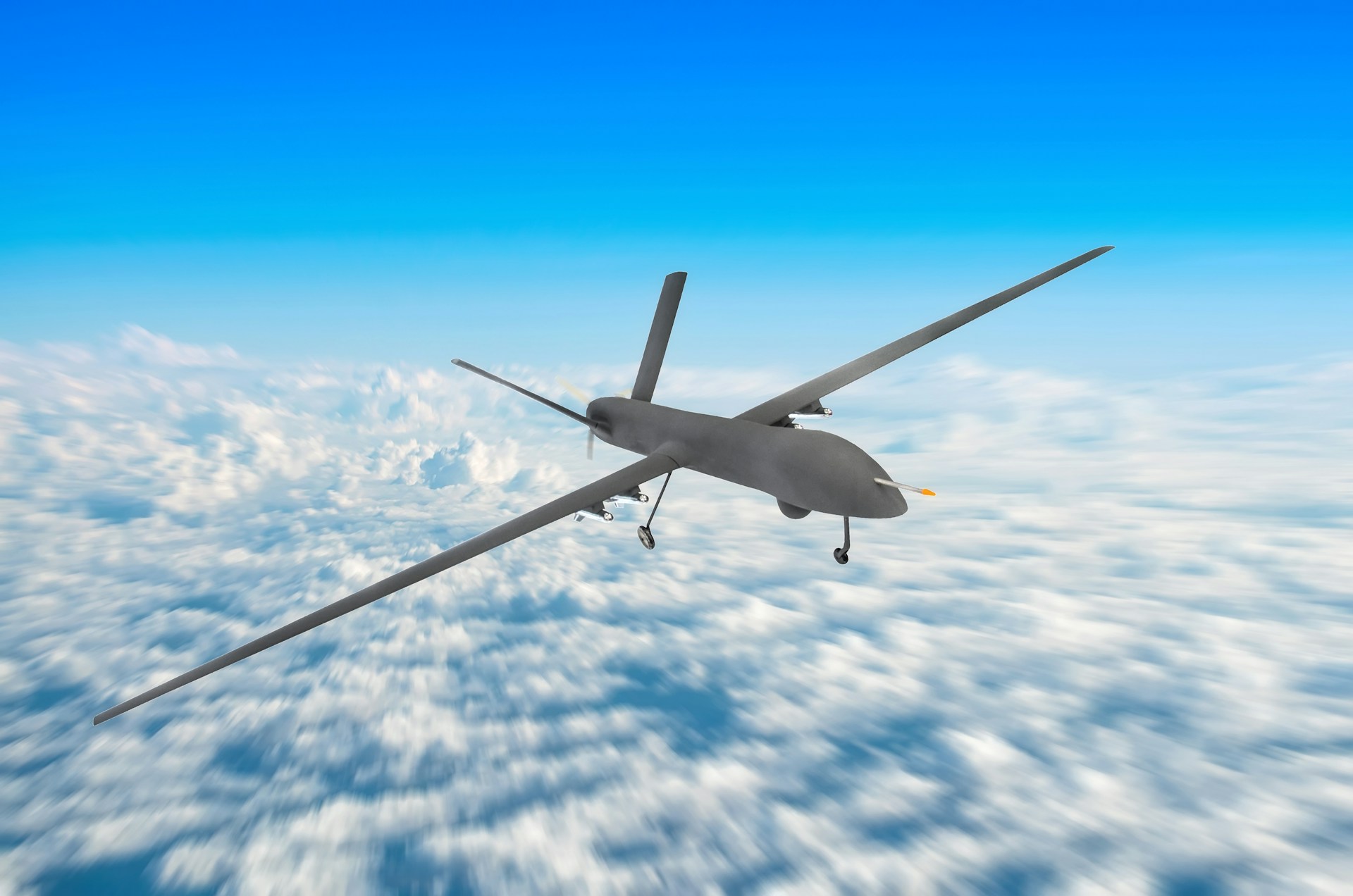Kyiv’s decision to allocate over $6 million towards a new interceptor drone programme marks a turning point in how modern cities prepare for airspace threats. The initiative, launched in response to a sharp rise in drone and missile attacks, signals a shift from reactive defence to a more proactive, tech-enabled posture. Within weeks of its pilot phase, the programme has already seen over 550 hostile drones intercepted, underscoring both the urgency and the effectiveness of this next-generation approach.
At the heart of the programme is a move toward mobility and automation. Kyiv’s plan includes not just purchasing advanced interceptor drones, but also deploying mobile response teams, establishing a dedicated operator training centre, and integrating these tools into a broader early-warning system. In doing so, the city is effectively building a layered defence architecture that mirrors modern urban needs – fast, flexible, and intelligent.
President Zelenskiy highlighted the strategy at the Ukraine Recovery Conference, where discussions with international partners, including Germany, the Netherlands and the United States, suggested that Kyiv’s model could serve as a blueprint for other high-density regions vulnerable to aerial threats. With traditional air defence systems often stretched thin, the use of autonomous interceptors fills a crucial operational gap, particularly in urban zones where reaction time is limited and population density increases risk.
The programme’s relevance is heightened by recent attacks on sensitive sites, including diplomatic missions in Kyiv. Such events reinforce the need for cities to build independent airspace resilience without solely relying on national military infrastructure. This decentralised, tech-driven response not only enhances local preparedness but also reflects broader global shifts in the use of AI and unmanned systems for public safety.
Kyiv’s initiative is emblematic of a growing trend in which technology is not just supporting traditional defence – it is redefining it. As the city scales its efforts and trains specialised personnel, its investment offers a glimpse into the future of urban risk management, where drones don’t just pose a threat, but form the core of the response.


